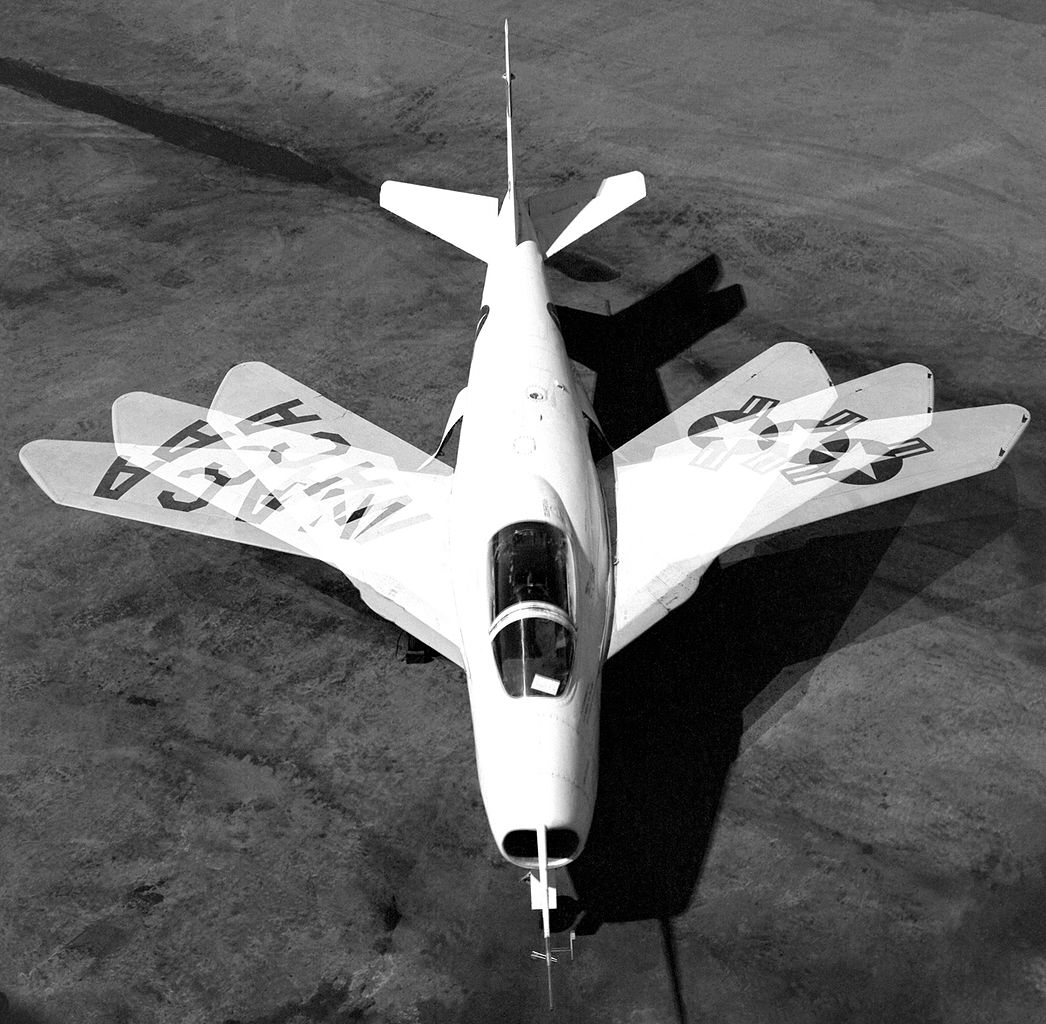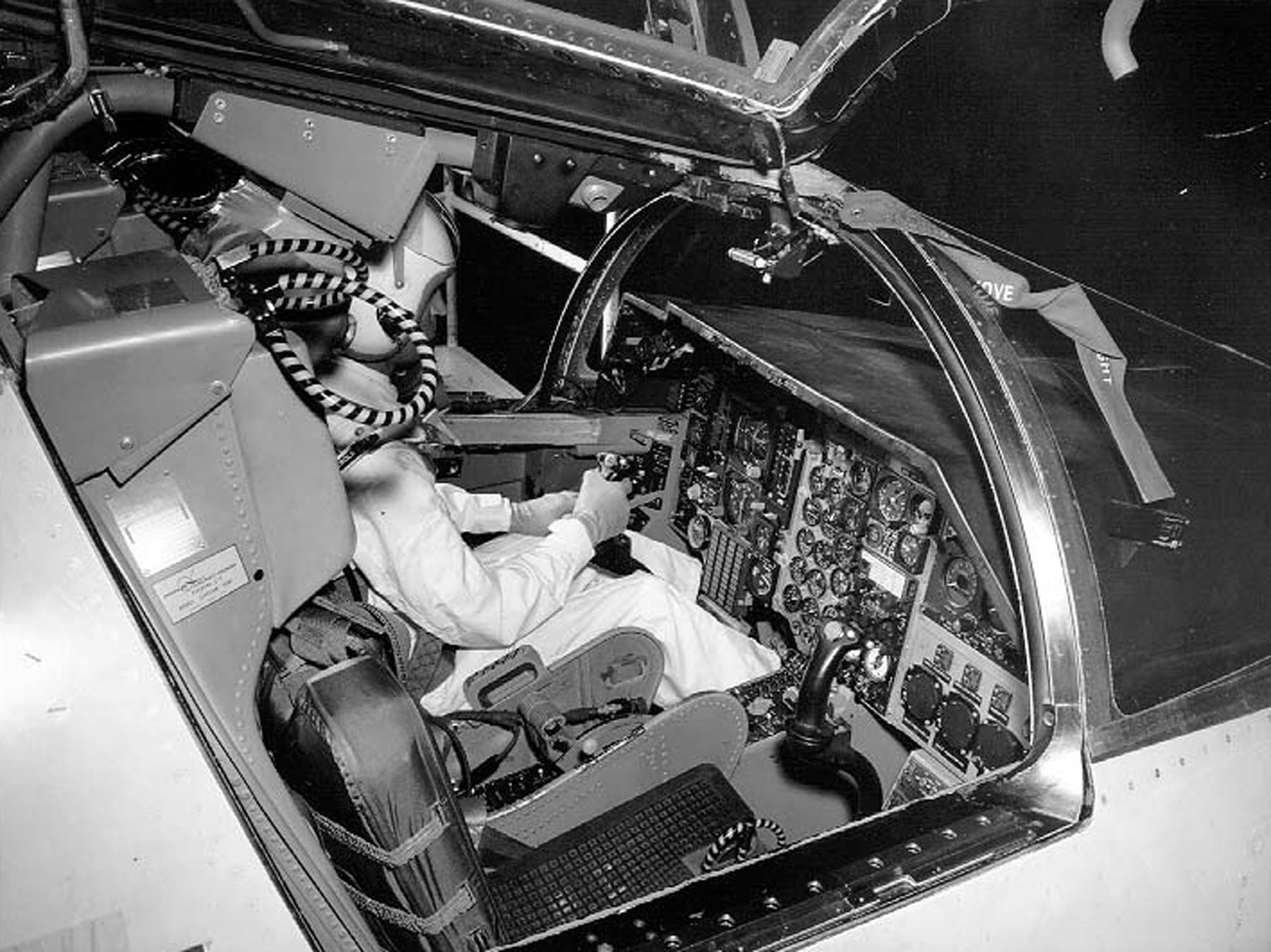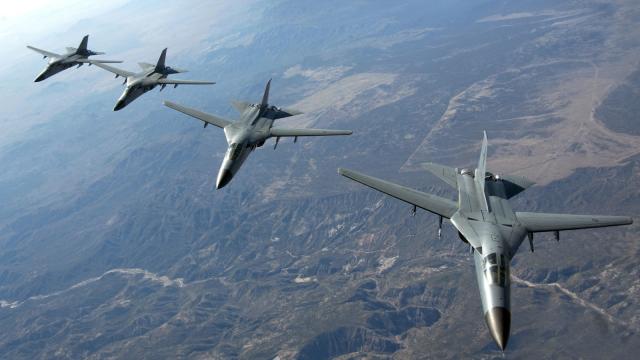Packing cutting-edge technologies and pioneering design elements, the General Dynamics F-111 “Aardvark” was among the most ambitious aviation programs of its era. Even the plane’s humble ejection system sported a design more at home in a NASA spacecraft than a USAF aircraft.
The F-111 played a variety of roles during its 30 years of service. Built primarily as a medium-range, all-weather interdictor and tactical strike aircraft, the Aardvark also acted as a strategic bomber, performed ISR missions and functioned as an Electronic Warfare platform.
The 23m long F-111 packed a number new technologies into its frame, including variable-sweep wings. These wings could be pulled back towards the fuselage while in-flight, reducing the wingspan from 20 metres to 10 metres while improving the jet’s handling at high speeds. It was also the first plane to incorporate after-burning turbofan engines. A pair of Pratt & Whitney TF30’s provided 24,269Nm (34,573Nm afterburning) apiece, providing a top speed of Mach 2.5 and combat radius of 2140km.
When streaking past enemy defenses at altitude wasn’t an option, the Aardvark relied on another brand new technology: automated terrain-following radar, similar to what Tomahawk cruise missiles and other ground-hugging aircraft utilise. What’s more, thanks to the plane’s Pave Tack avionics, the F-111 offered unsurpassed situational awareness — able to find, target, track and destroy enemy installations — regardless of weather or daylight conditions.

Perhaps most interesting was the plane’s unique, side-by-side seating arrangement in the cockpit. The entire cockpit more closely resembled a NASA crew capsule than traditional cockpit in that both crew members had to bail out together, because the entire cockpit ejected from the aircraft, not just the seats. This capsule was self-righting, watertight and could be used as a flotation device.

So why were only 563 Aardvarks ever built? The F-111’s limited success was due, in part, to rapidly changing Cold War requirements and roles but mostly because of repeated and embarrassing design and management debacles. The F-111 program earned its nickname of McNamara’s folly through repeated cost overruns, sub-par design quality (which required $US100 million and a NASA intervention to resolve), and near complete procurement ineptitude.
Still, despite these early growing pains, the Aardvark eventually became one of the Air Force’s safest and deadliest planes of Vietnam — flying 4,000 missions with only six losses and sporting the best safety record of any major fighter.
By the 1990s the F-111 was becoming obsolete and the USAF decided to retire the program in favour of the F-15E Strike Eagle and B-1B Lancer. A fleet of F-111s also dutifully served the Australian Air Force until 2010. []
